Something has been happening to Caroll Spinney lately that hasn’t happened in his half-century in show business: He’s getting recognized on the street. And not as Big Bird, but as Caroll Spinney. Spinney has spent 45 years hidden inside the feathery costume of the most recognizable children’s character this side of Mickey Mouse. And now that a new documentary, I Am Big Bird, tells the story of the man behind the bird, the bearer of some of the most endearing vocal chords on television is getting his due.
The documentary, directed and produced by Dave LaMattina and Chad Walker and out May 6 in theaters, VOD and iTunes, paints a portrait of a man who’s been dedicated to puppetry since the moment he first learned what a puppet was. Drawing on hundreds of hours of footage taken by Spinney and his wife Debra—whose love story gives the film much of its heart—it’s a behind-the-feathers look at the soul of Sesame Street.
Spinney spoke to TIME about the moment he fell for puppetry, how Big Bird evolved into the bird he is today and his hopes for the big yellow bird’s future.
TIME: What was it about puppets that entranced you as a child?
Caroll Spinney: I saw my first [puppet] show when I was five years old, and I thought it was fabulous they were telling a story using little things on their hands. A few years later, I saw another show at a little festival and that really clinched it for me. For Christmas, [my mother] built me a little theater, and after I saw the puppets, my eyes popped out. She didn’t realize she was giving me my career that day.
And you also did animation work early in your career?
I discovered after four years that I really did not enjoy doing animation. I discovered how boring it can be. I’d work all week on an animation and then we’d film it and it went by in about 2-and-a-half seconds. With performing, you can hear the applause. TV is so exciting—all my early shows were always live.
In the documentary, there’s a lot of talk about you and Big Bird being one and the same. Where does Big Bird end and Caroll Spinney begin?
Well of course, he’s a puppet. He was initially a goofy kind of guy. But it wasn’t long into the show that it occurred to me that it would be better if I played Big Bird like he was a great big child—he’s 8-feet-2—and that way he could be learning the alphabet. Within two weeks he was fully transformed into a 4-and-a-half-year-old. Within a year the writers had made him smarter, so I decided he was six. And there he remains—he’ll always be six.
How do you play a character that’s a child as you get older?
I have a strong memory of my early childhood. I can remember life before I was two. I remember being toilet-trained like it was last week—and it wasn’t last week. I can still speak an octave or so higher in speech, so I just speak a little higher. I don’t mean to be cute—it just seems to come out that way.
What’s it like to play a character that is universally recognized, but not necessarily have a face that gets recognized on the street?
I’m almost never recognized. Lately because of the publicity for the movie, a few people have come up to me in airports. But I’d been asked, years ago, didn’t it bother me to have Big Bird be so famous and me totally unknown. I thought of that as one of the positives, that you’re not bothered because nobody knows who you are. You’re just another person.
What’s one of the greatest lessons you learned from Jim Henson?
You can exaggerate with puppets. You’re not trying to look like real people. The way the Muppets are designed is really appealing. Puppets are best if they’re exaggerated creatures.
What are your hopes for Big Bird in the future, after you stop playing him?
For about 18 years I’ve had a stand-in, named Matt Vogel. The irony of that is “vogel” is the German word for bird. He’s a very patient man because he still doesn’t play Big Bird all the time. Lately he’s doing it while I still do the voice. Occasionally I still climb into the bird, but I must admit, I was 35 when I got the job and now over 45 years later, I’m getting to be somehow in my 80s. What a surprise.
Do you think that Big Bird will change?
Eventually Matt will be taking over, and the voice will be slightly different. Big Bird is based on what I learned as a child. We put some of ourselves into it, so I’m sure that the bird will change a little bit. Jim talked about that the day he hired me. He said, I hope these characters can live on beyond our own lives. Most people don’t hold a job for 45 years. They pass on or want to retire. I don’t want to retire. My real goal is to do 50 years on Sesame Street, and I only got 4-and-a-half years to go.
Meet the Man Behind Sesame Street's Big Bird
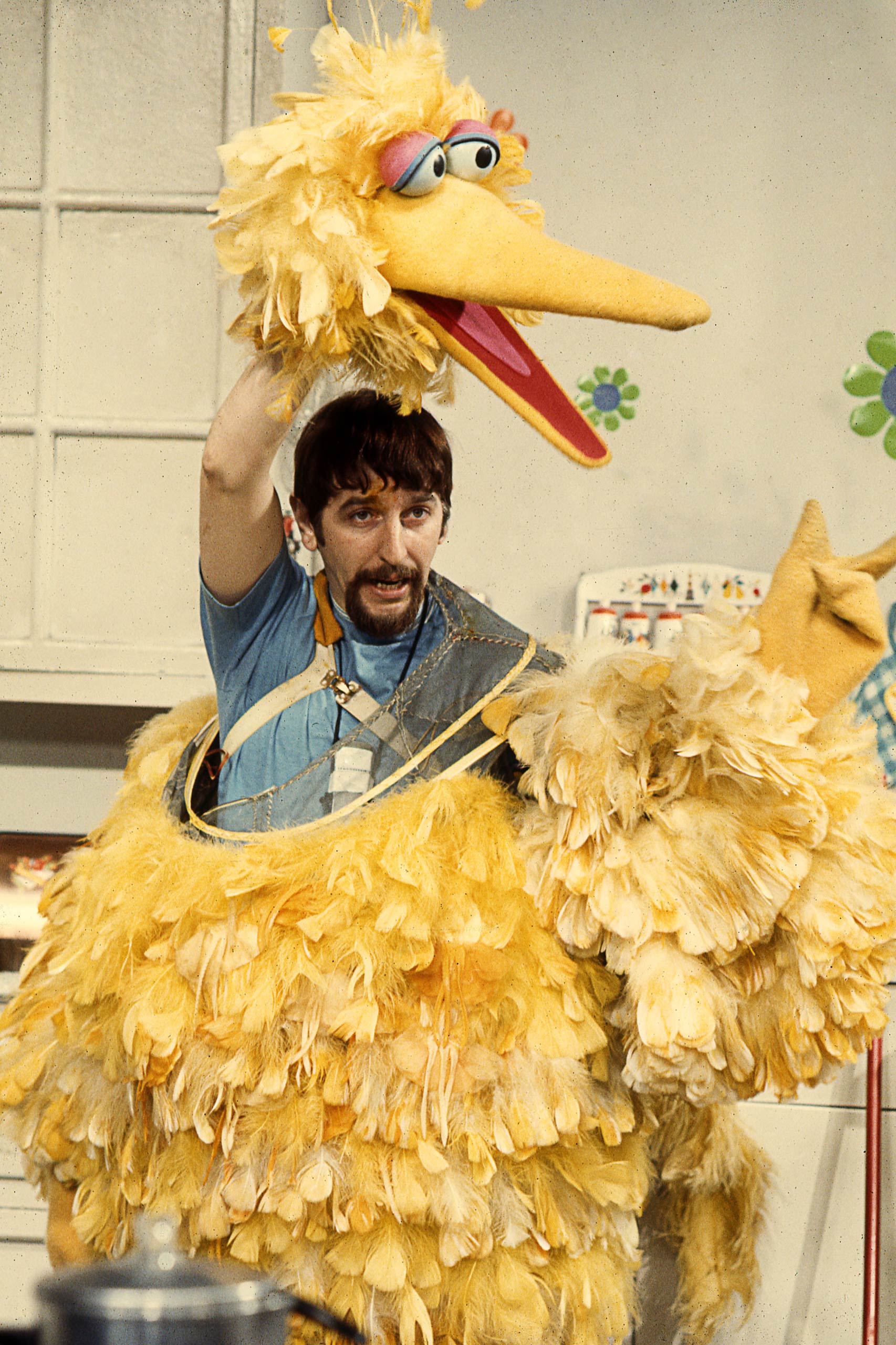
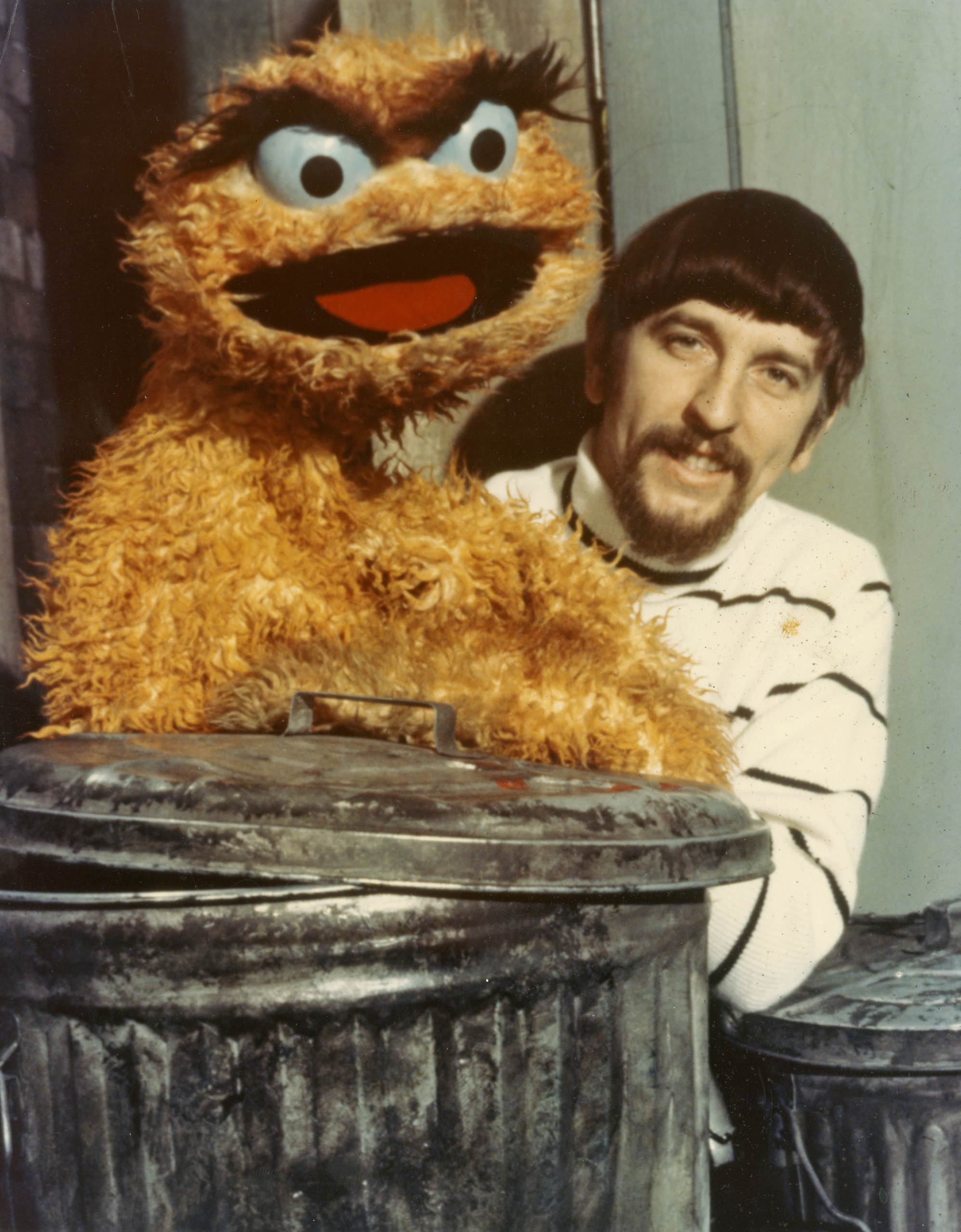
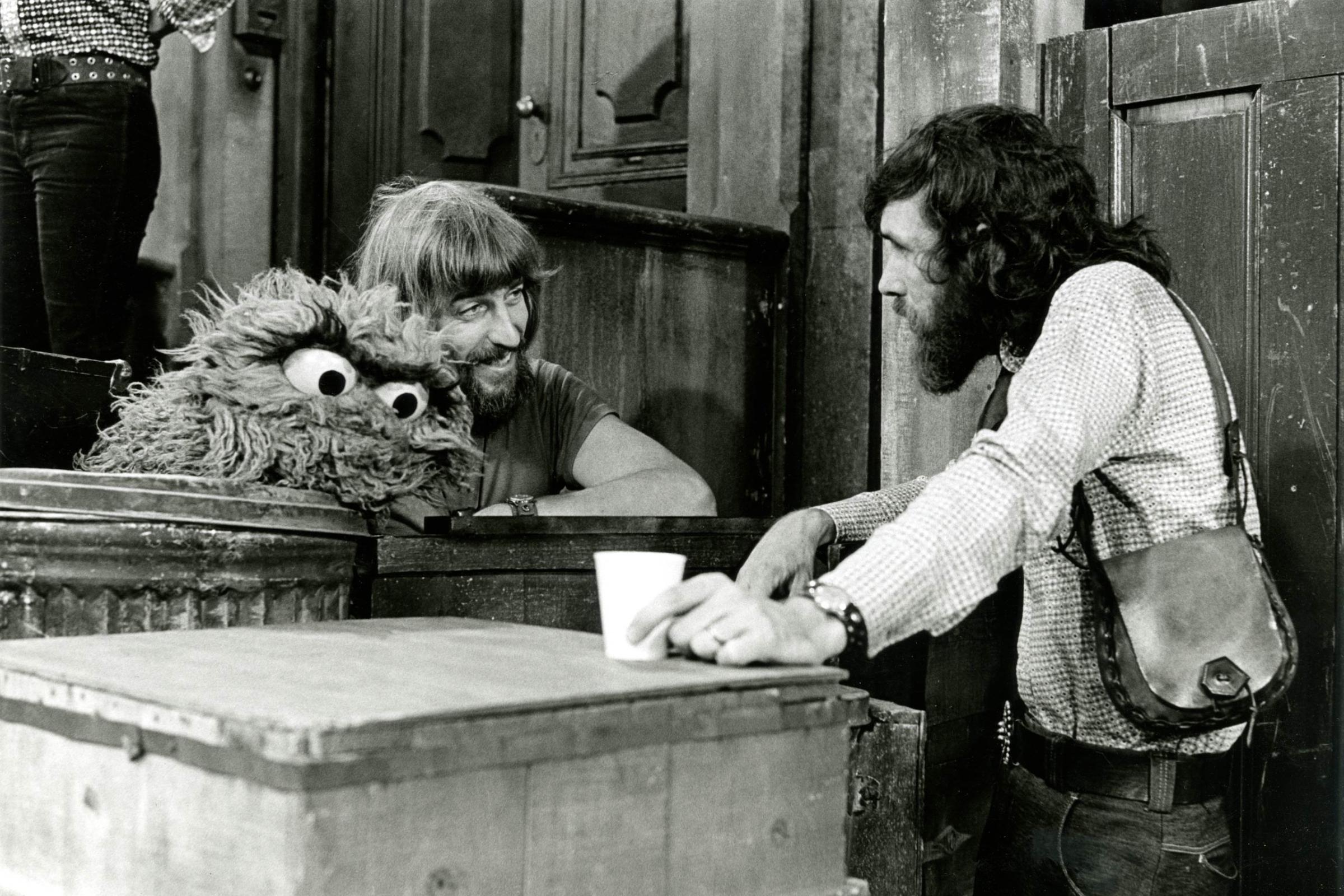
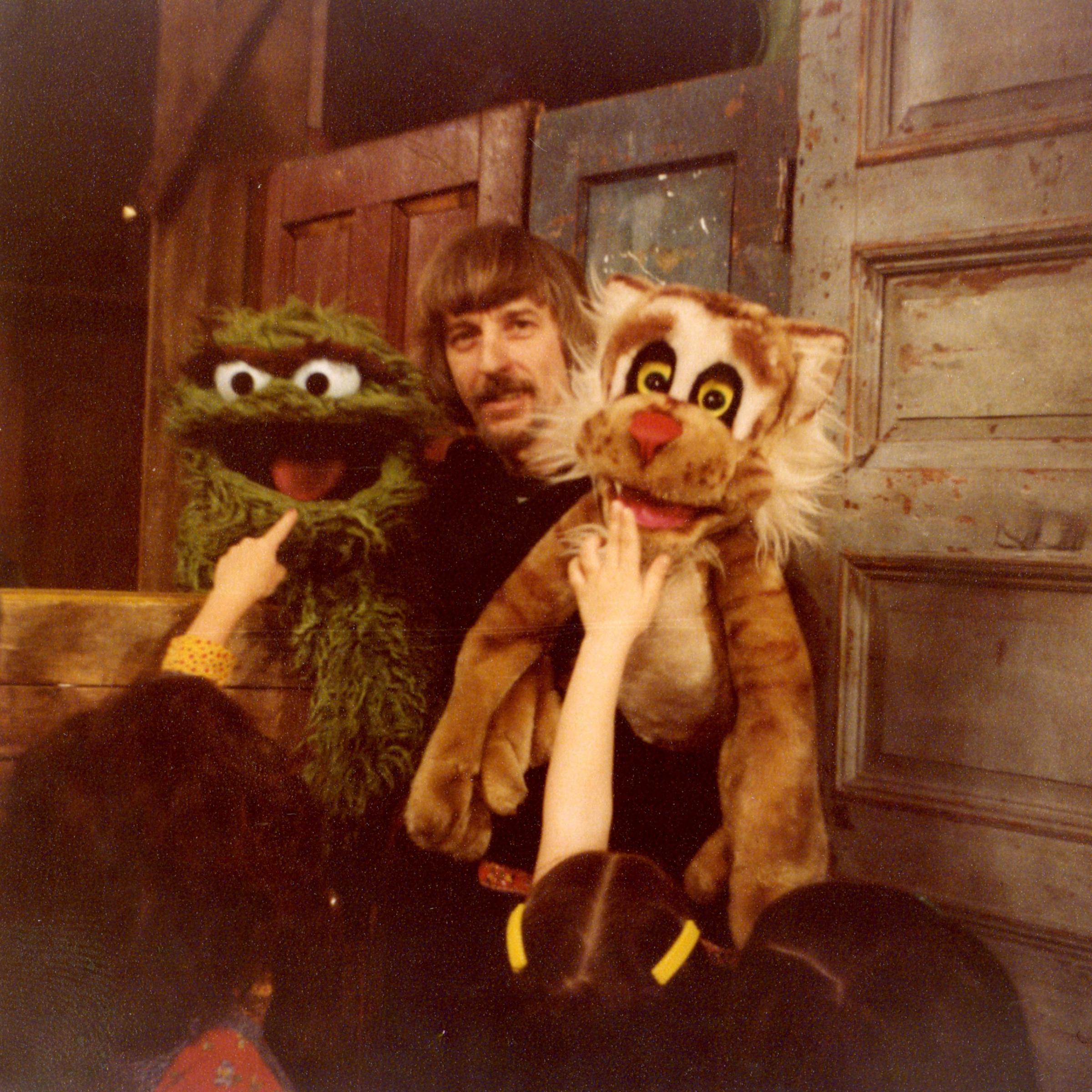
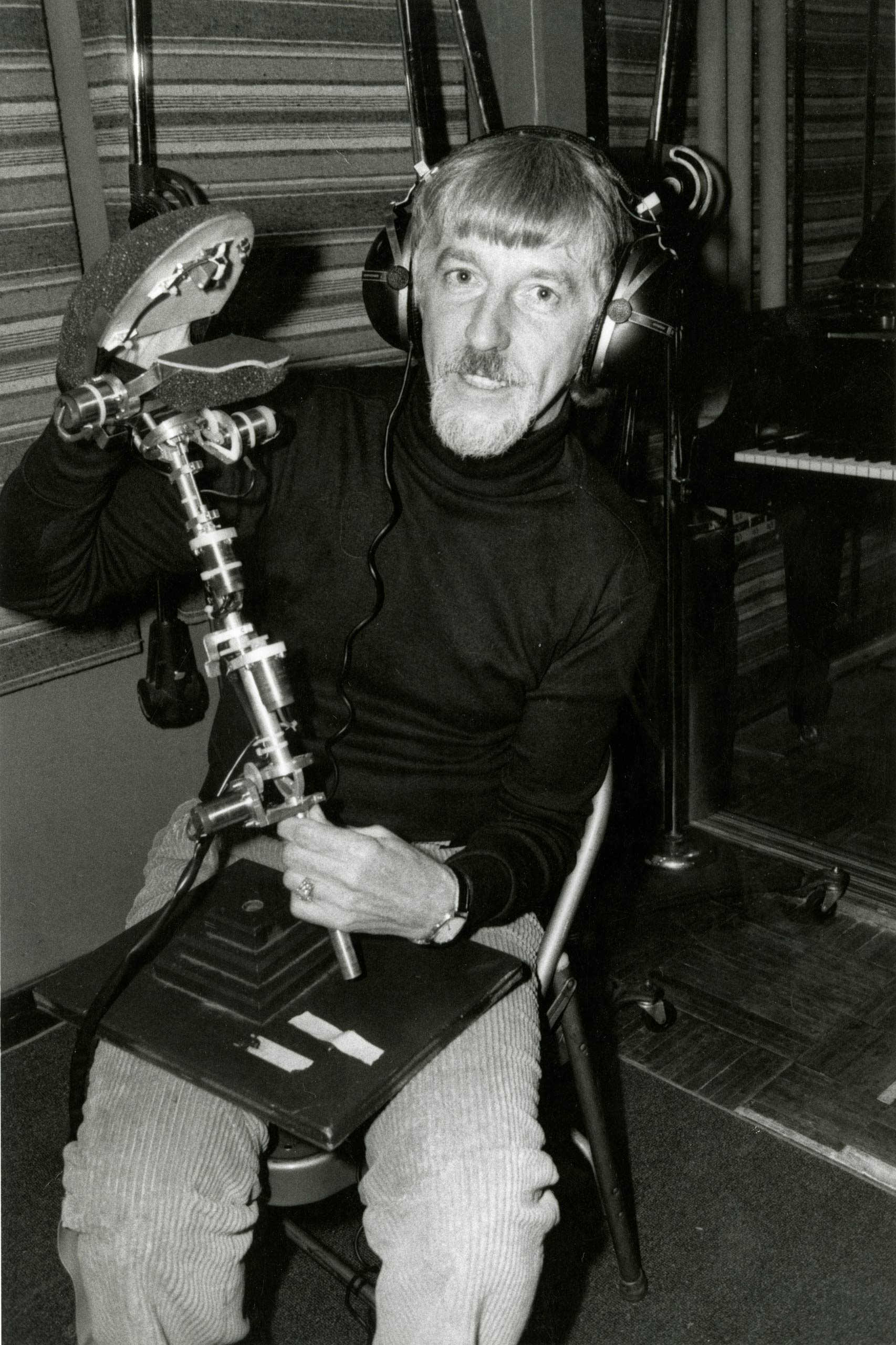
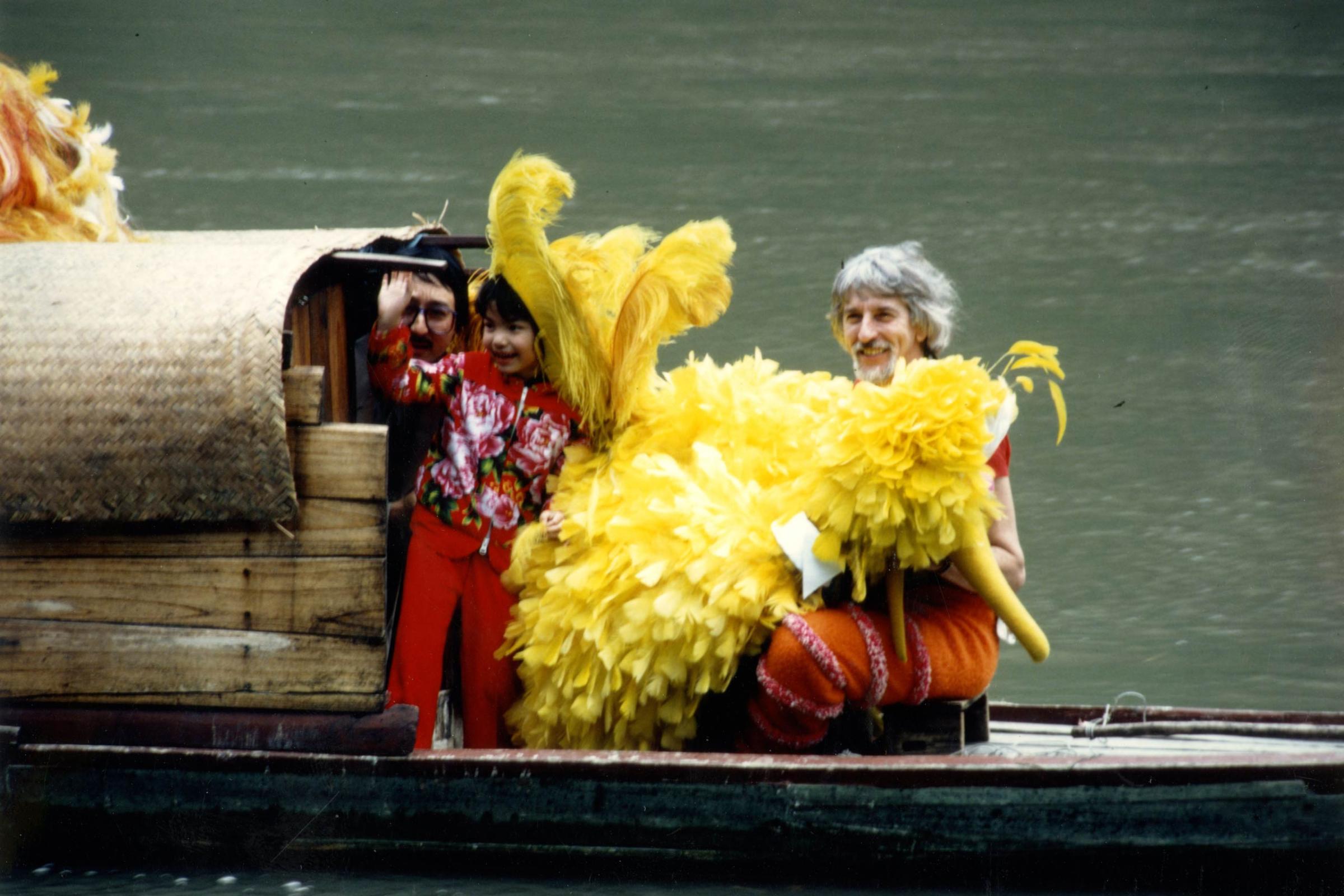
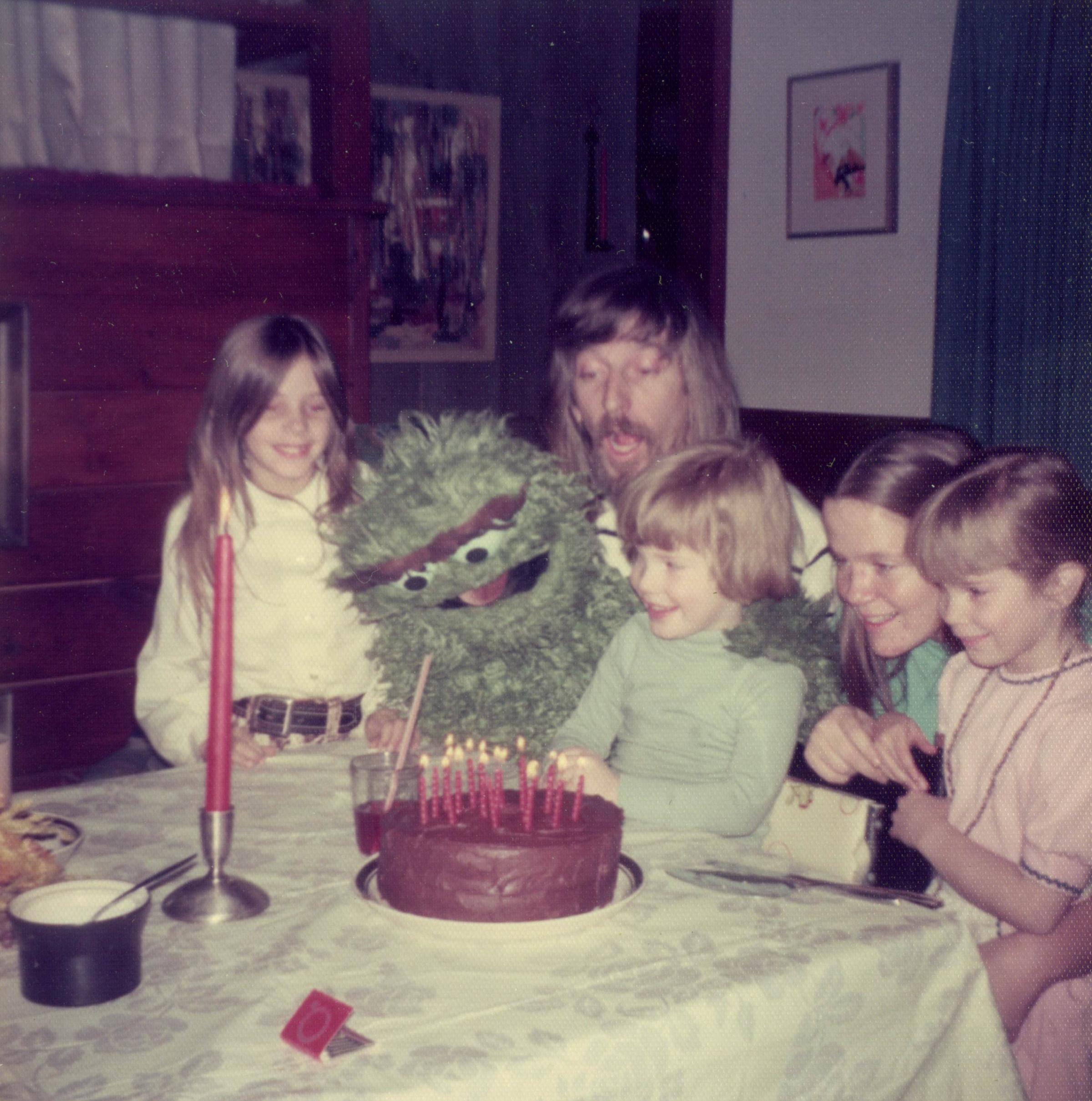
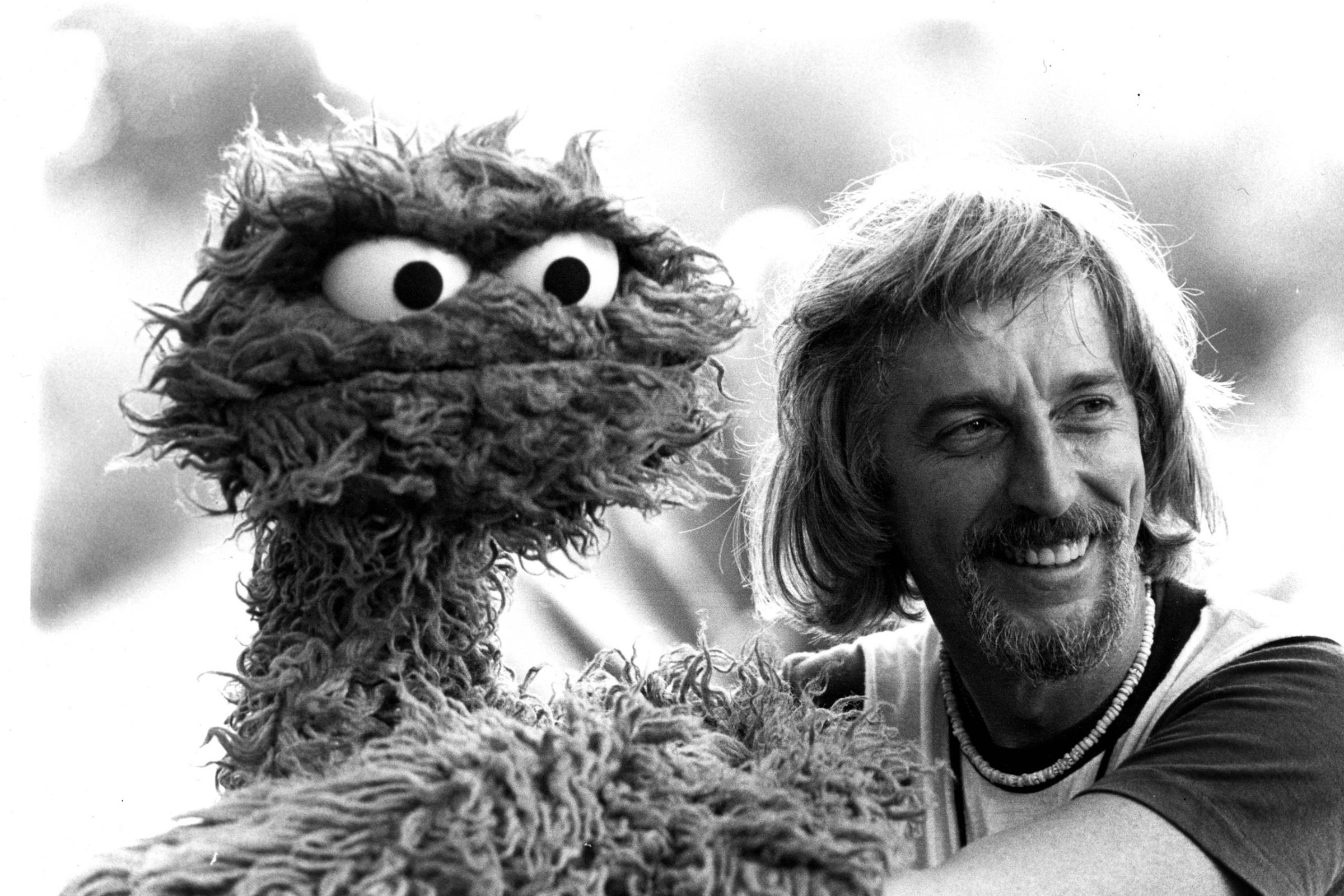
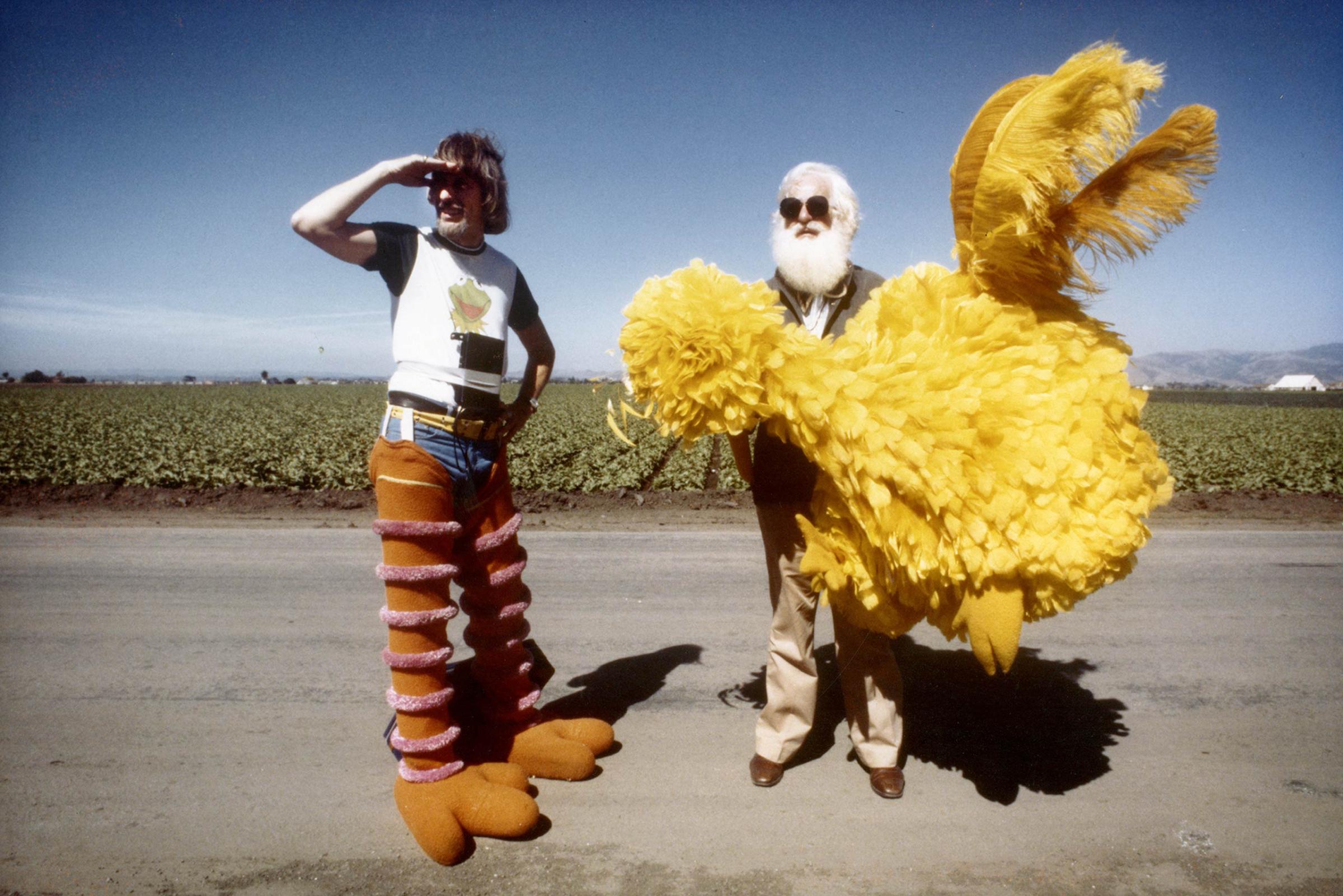
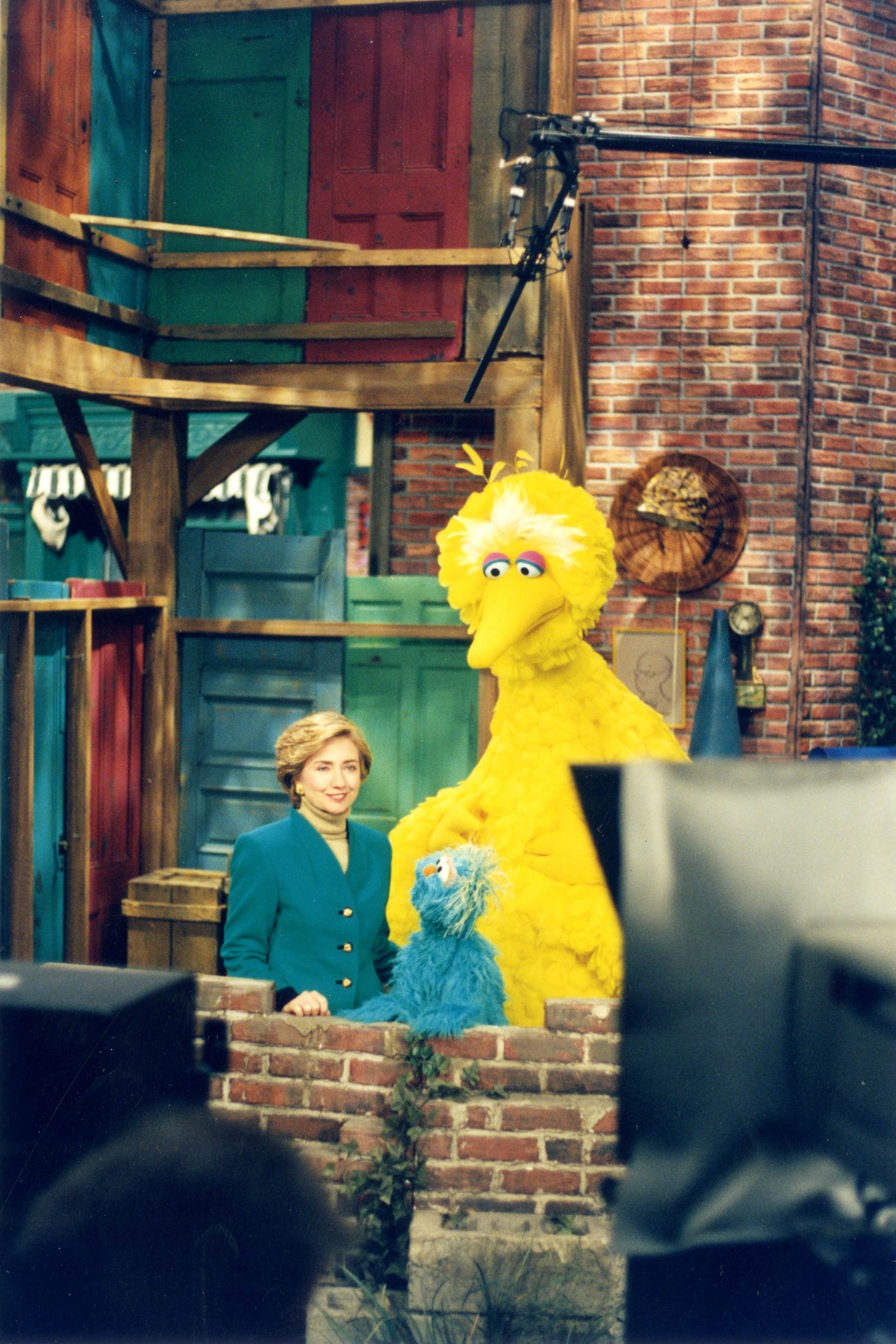
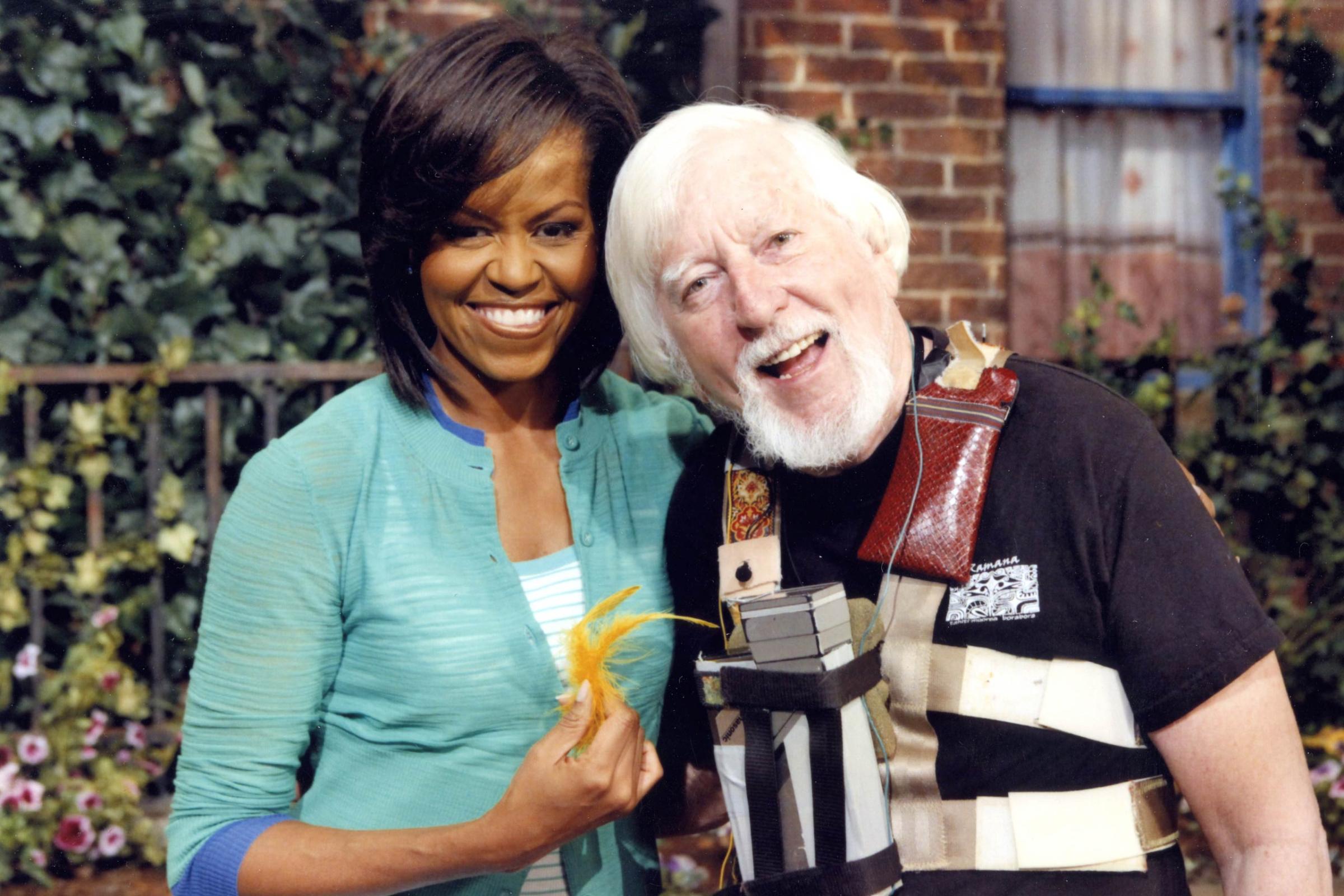
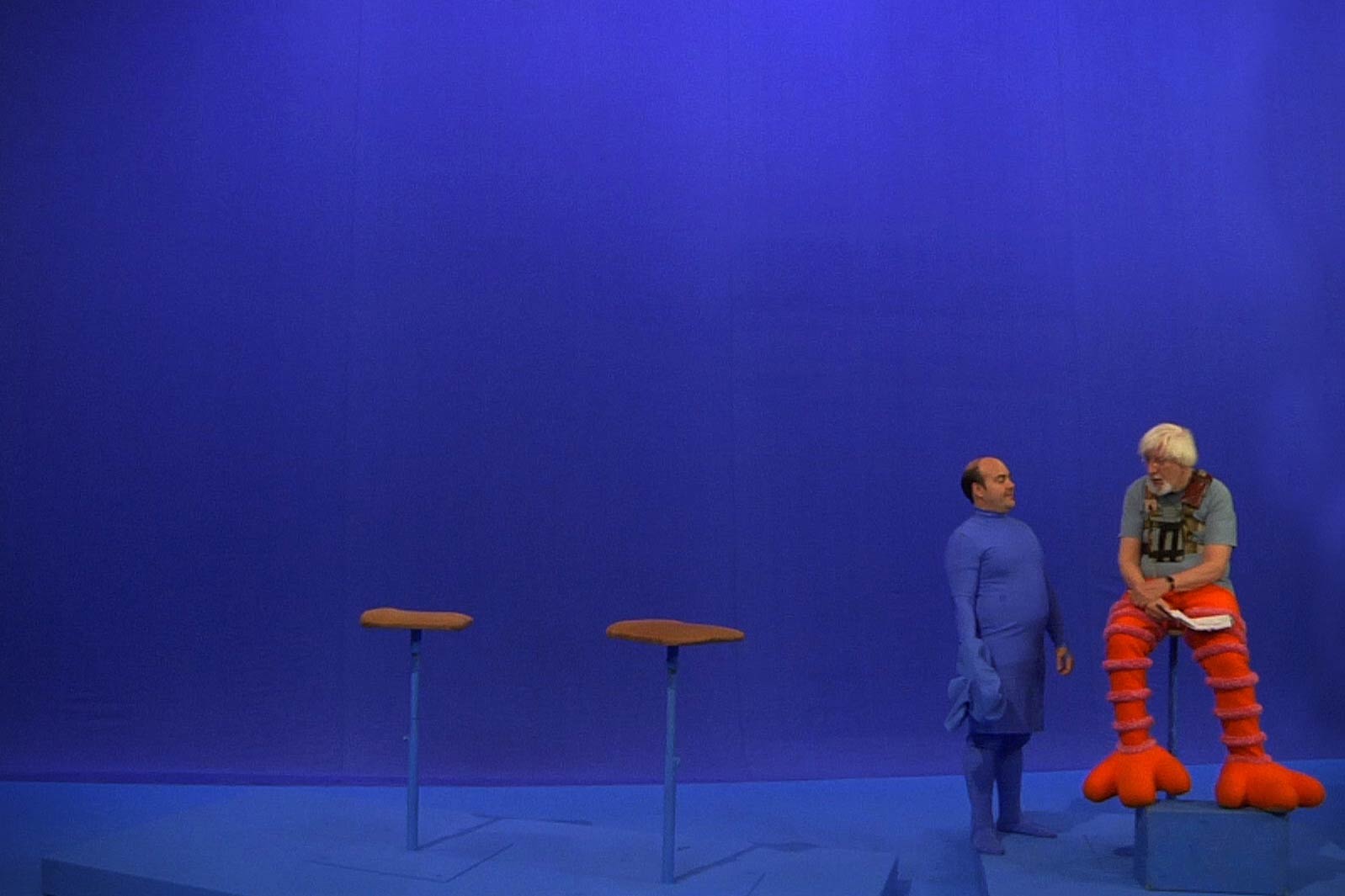
More Must-Reads from TIME
- Caitlin Clark Is TIME's 2024 Athlete of the Year
- Where Trump 2.0 Will Differ From 1.0
- Is Intermittent Fasting Good or Bad for You?
- The 100 Must-Read Books of 2024
- Column: If Optimism Feels Ridiculous Now, Try Hope
- The Future of Climate Action Is Trade Policy
- FX’s Say Nothing Is the Must-Watch Political Thriller of 2024
- Merle Bombardieri Is Helping People Make the Baby Decision
Write to Eliza Berman at eliza.berman@time.com